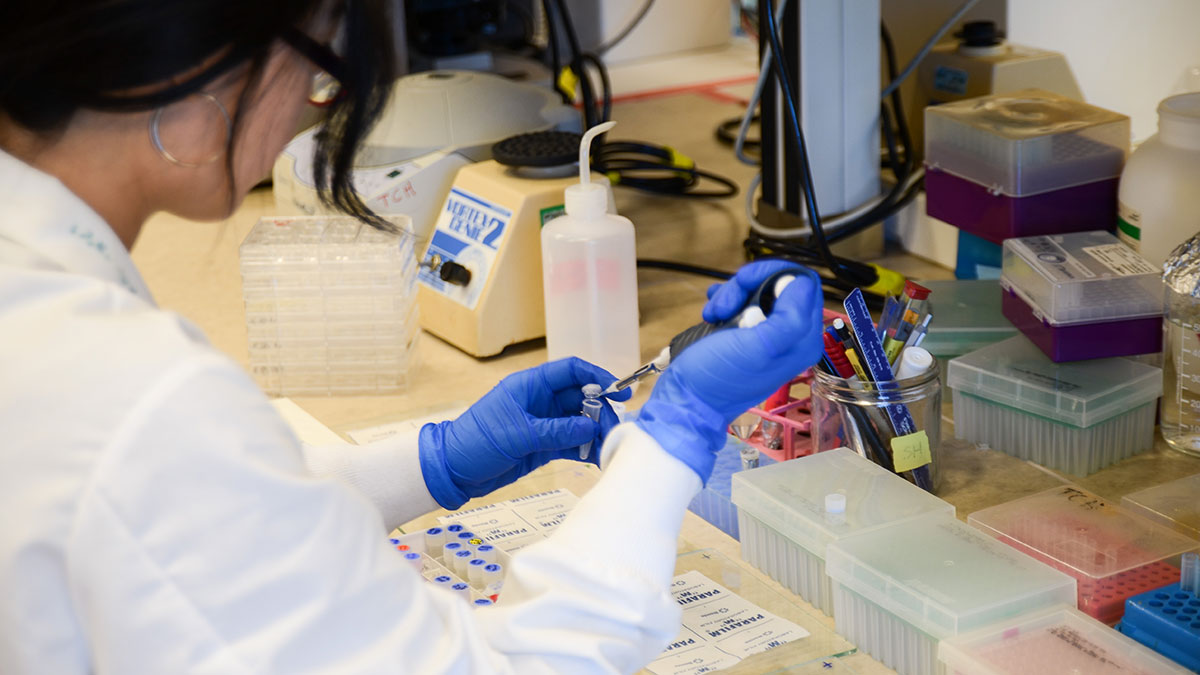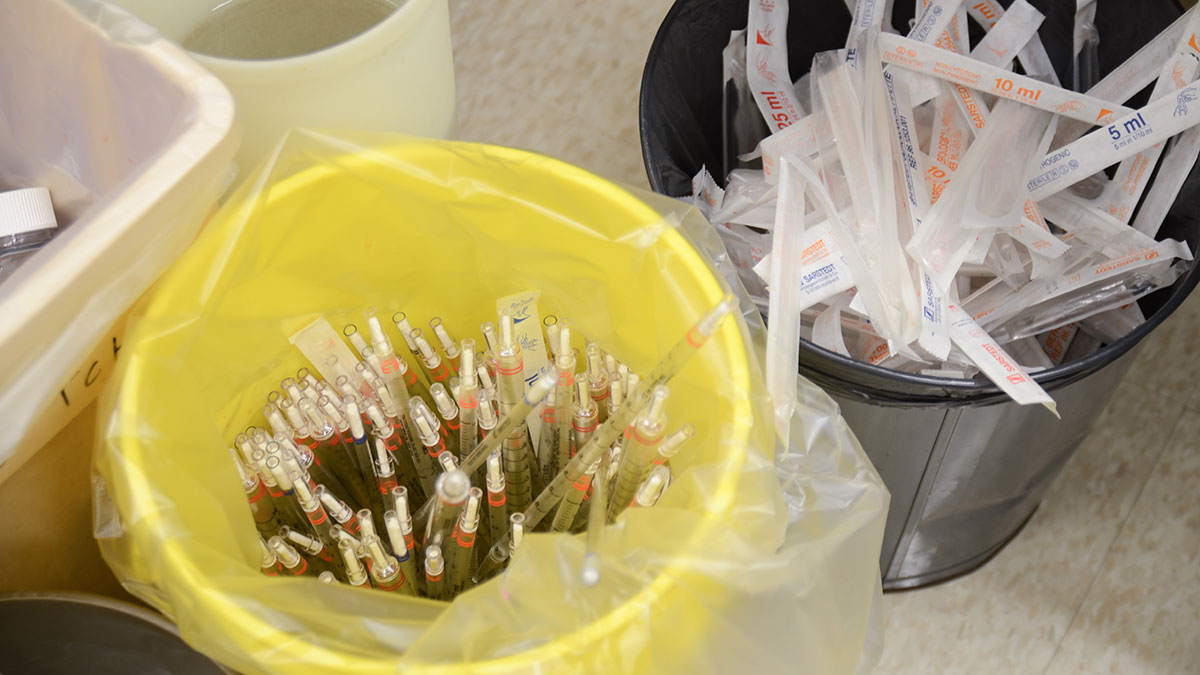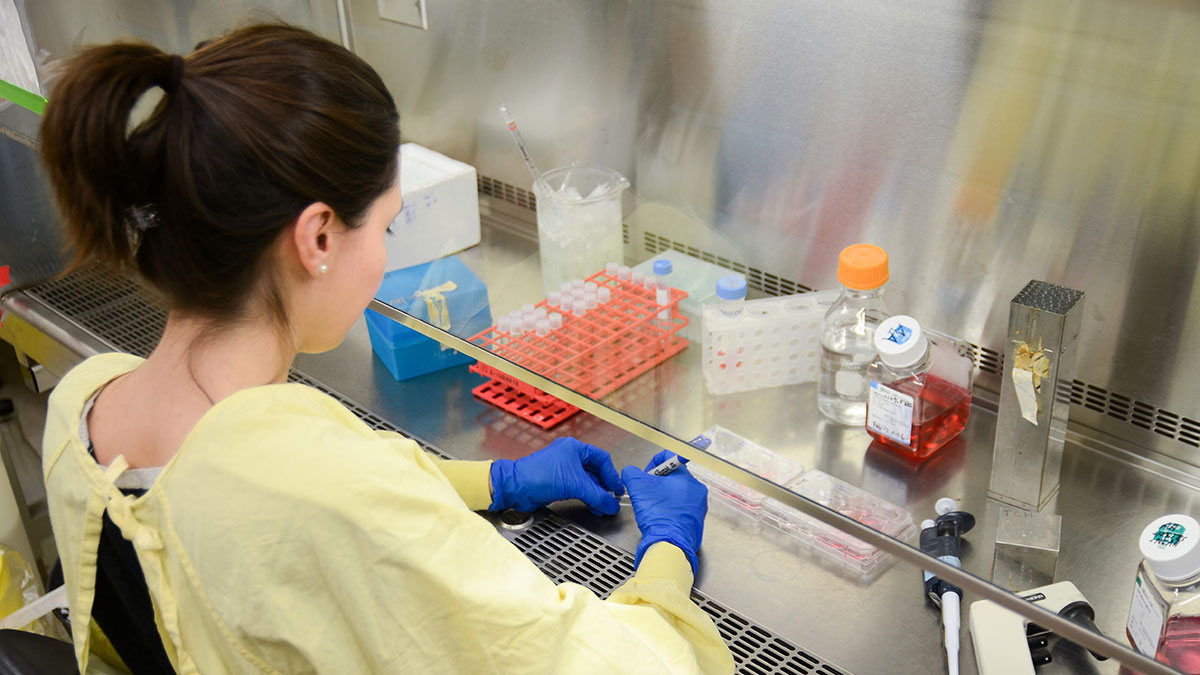U of A lab on ‘cutting edge’ of Zika virus research
 Oumar Salifou
Oumar SalifouThese days, it’s normal to see video camera mount in virologist Tom Hobman’s lab on the sixth floor of Katz Group Centre for Pharmacy and Health Research.
“Is that number eight?” the passing lab worker asked when Hobman was in the middle of his interview with The Gateway.
It was actually Hobman’s 13th interview. As a Zika virus researcher, the past couple weeks have been a “race.” The virus outbreak began May 2015 in Brazil. By Feb. 1, the virus had been reported locally in 33 countries, and was declared a “Public Health Emergency of International Concern” by the World Health Organization. Zika itself only causes mild symptoms for about a week, but infections have been correlated with an increase in microcephaly birth defects, which causes abnormally small heads in newborns. There is currently no cure and no vaccine.
“In terms of science, there’s not much right now,” Hobman said.

Hobman’s lab is researching Zika biology and developing a subsequent rapid diagnostic test, which can be used to test people on the spot rather than in a lab. That requires designing an molecular clone of the virus, which can be modified in the lab for rapid drug screening. Mutating a Zika clone will also allow the lab to learn about the virus biology, such as how it moves through cells.
Zika differs from other flaviviruses because of reports that suggest it may be sexually and maternally transmitted. If the virus is spreading between sexual partners or mothers and fetuses, it must have special mechanisms for moving between cells and tissue layers. The science is fascinating because there’s so little known of the virus’ biology, Hobman said.
“If this microcephaly link turns out to be the case, it’s very compelling,” Hobman said. “In Brazil, they had anywhere from 100 to 140 cases per year … Since October 2015 there’s been over 4,000 cases in Brazil. That’s a 3,000 per cent increase.”

Currently, the only diagnostic tests used are genetic, where samples must be taken in the field, brought back to a lab and are eventually processed. Genetic tests are time-consuming and expensive, which is not feasible for Brazil, which is currently in a recession, Hobman said.
For more than 10 years, Hobman’s lab has studied flaviviruses — viruses that are primarily transmitted by mosquitoes and ticks. These viruses include West Nile, Dengue, Yellow Fever and recently, Zika.
It was a post-doctoral fellow Hobman’s lab, Anil Kumar, who first suggested studying Zika. The virus has been known for 70 years, but there is very little information surrounding it. Kumar predicted the virus “was going to be big,” and had proposed the team begin researching that fall. By winter, Kumar had been right — cases of increased exponentially and dominated media streams.
“We actually started planning this project in September and October,” Hobman said. “So we didn’t just jump on the bandwagon in January.”

Habman’s lab contains four PhD students, four post-doctoral fellows, two technicians and two undergraduate project students. Half of the lab staff is working on Zika, and for very long hours. In the past couple weeks, 14-hour workdays have become normal, Hobman said.
“I came to my office at 9:45 a.m.,” he said. “I didn’t see any of the students or post-docs in because they were probably here until midnight last night.”
Hobman himself keeps getting calls and emails from family and friends who saw him on the news. The lab staff is excited too — they could be on the leading edge of something big, Hobman said.
“One step at a time,” Hobman said. “I think we can make an impact.”




